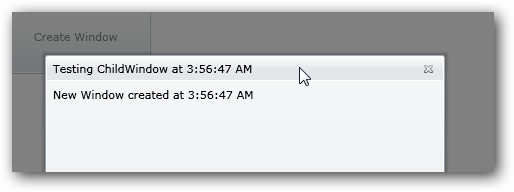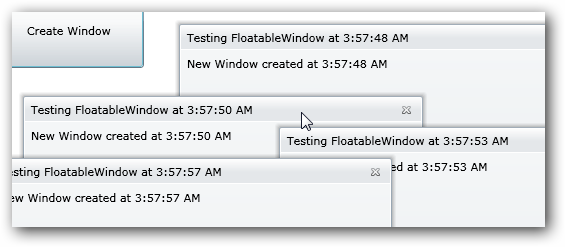Hobby Diversification Update: Guitar Lessons
| Comments- | Posted in
- ilife
- guitar
- fender
- taylor
- justinguitar
- ultimate-guitar
- guitarjamz
- garageband
Back in December, I wrote about my attempt at diversifying my hobbies. In October 2008 I started taking guitar lessons because I had a Fender ‘laying around’ that was getting unused. Since then I’ve really enjoyed it and picked up an acoustic (which I actually enjoy playing more). I’ve also picked up some computer equipment (M-Audio Black Box) so that I can mess around with software like GarageBand and actually record some of my practices.
I’ve moved quite a long way from my happy birthday recording in that blog post :-) but I’ve still got a long way to go. Traveling certainly puts a dent in practicing for something like a musical instrument – especially when you don’t travel with it. I’ve pretty much been gone from mid-April until mid-May which means I haven’t practiced much at all. I’ve thought about getting something like the Martin Backpacker guitar, but just haven’t picked one up yet.
I have found some great online resources that have made learning the guitar a lot more fun for me as a geek. Turns out there is a bunch of great info out there for self learning. Of course, I don’t think anything can fully match 1-on-1 instruction from someone in person, but for in-between lessons, here’s some things I’ve found fun and useful.
- iLife 09 music lessons – I had big hope for these and it is turning out that they just aren’t that exciting once compared to other free (and more frequently updated) offerings are out there. I still have the basics (the celebrity lessons are lame in my opinion) which do a decent job covering things like the 12-bar blues, etc. The production quality, as expected from Apple, is of the highest quality…just wish the content was updated and more appealing.
- JustinGuitar.com – A UK guy who uses YouTube to deliver free lessons on basics as well as some fun/modern guitar riffs. He’s got a great personality and goes at a pace a beginner like myself can understand.
- Ultimate-Guitar.com – one of my favorites. Once you learn how to read guitar TAB notation, this site is fun to check out. It is user-contributed content, so reader beware, but most of what I’ve found is pretty good. When I hear a song I might want to check out, I search this site and learn. I learned how to play a Bob Marley tune completely in a few hours by just what I found here.
- James from Handsome Alvin – James uses YouTube puts up some great videos walking through popular songs with strumming patterns and at a pace perfect for me as a beginner. I’m frequently more of his videos a lot because I like how he puts up the strumming patterns and chord progressions.
- Marty Schwartz from GuitarJamz.com – A new resource I just found that, like others, uses YouTube to deliver. Marty has a great personality about him and slows things down for beginners. And he takes requests via Twitter.
My private instructor is great as well and like I said, nothing can replace that. Having these things in-between lessons at my own pace moves me beyond lesson exercises to learning things that catch my ear and have fun doing it. I’m still having a blast, even though it is immensely challenging for me technically – as well as finding the time to practice!
Happy hobbying!


